Equipment
Q&A: Mitsubishi Rayon answers questions about its new Tensei shafts
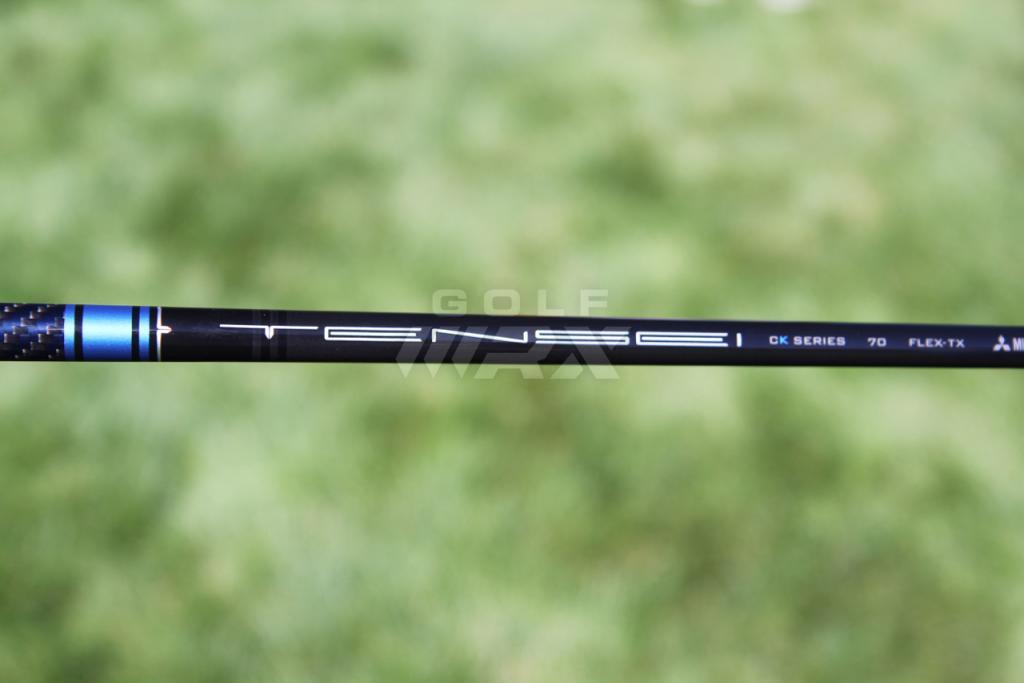
When Mitsubishi Rayon Composites releases a new shaft, serious golfers take notice. MRC has a history of producing some of the golf’s most popular shaft models, most notably with the best players in the world.
The company’s driver shafts were used to win 15 times on the PGA Tour in 2015 – that’s more than any other graphite shaft company. They were used to win 16 times on the European Tour – also more than any other graphite shaft company. A breakdown of the shafts used by the most famous golfers in the world is even more revealing: Jason Day, Rory McIlroy, Justin Rose, Sergio Garcia, Adam Scott, Phil Mickelson, Paul Casey and Tiger Woods all use MRC shafts.
In January, MRC will officially release its new TENSEI shaft family (pronounced TEN-SAY). Whereas most of the company’s shafts are made from three to six materials, TENSEI shafts combine 11 different materials, which helped engineers improve the performance and feel of the shafts from top to bottom.
Enjoy the Q&A below, in which MRC representatives answer questions from GolfWRX Editor Zak Kozuchowski about the company and its newest shaft.
Q: Before we talk about the TENSEI specifically, tell me about MRC’s process of creating a new shaft family. Does it start with a blank canvas, or is there a plan from the start of what kind of performance you want to achieve?
Mark Gunther, VP of Sales/Marketing: As a materials company at heart, we are always being exposed to and learning of new fiber, prepreg, and material applications from within our organization. Sometimes it comes from the carbon fiber division, sometimes from our prepreg division, and other times from within the golf group itself. As a result, the shaft group is constantly experimenting with ideas and designs lead by our extraordinary design team in Toyohashi, Japan.
That being said, the answer: there is usually a plan, or reason for prototyping. When we are looking to develop new families or profiles within our current lineup of shafts, we are typically focused on performance characteristics. What is missing from the lineup that we feel is needed by way of launch, spin, ball flight and even feel?
In addition, we are always trying to stay ahead of the curve by listening to our partners and accounts to understand where club development is headed. Sometimes this gives us clues on how to develop next-generation shafts that will help maximize performance of next-generation club heads.
Lastly, a new design concept can be as simple as a request from a tour player asking to experiment with a small tweak on a current shaft.
Q: How do the 11 different materials used to create TENSEI affect the shaft’s performance and feel?
MG: The TENSEI concept was a simple idea with a complicated development process. Two years ago, we decided to try to modernize, or “transform” our most classic bend profiles with a multi-material design. In fact, that’s how we got the name; TENSEI means “transformation” in Japanese.
Much like the auto racing industry, we wanted to maximize performance by using new MRC materials, as well as introducing some exotic materials where it made sense to the overall concept.
In the CK Blue Series, we are transforming our original, classic, smooth bend profile that has been so successful in product lines such as the original Diamana S-Series (Blue Board) and Bassara V-Series. The profile has been very popular for driver and fairway applications with players of all abilities. I often refer to it as our most “versatile” bend profile.
Q: What’s different about the materials used in TENSEI?
MG: With the TENSEI series, we’re using many newer ultra-thin prepregs. These newer prepregs are 50 micron in thickness or thinner, and were not available in the early 2000’s. By using several variations of this really thin material, and multiple layers throughout the shaft, we are able to more precisely hit our profile targets, creating a smoother overall shaft as it “loads” and “unloads” during the swing.
Related: See what GolfWRX Members had to say about the TENSEI CK Blue in our Official Testing Thread.
All shafts in the series are anchored by a Carbon-Kevlar Weave that we have placed in the butt section of the shaft, under the hands to do two things: (1) Further smooth the back end of the profile, and (2) provide increased feel and feedback to the player.
Q: I want to ask you more about the Carbon-Kevlar weave, but before I do let’s clarify a few things for our readers. Can you explain what “prepregs” and “high-modulus fibers” are?
Tsutomu Ibuki, President of MRC USA and designer of the original Diamana shafts: Yes, absolutely. Prepreg is simply a sheet of carbon fiber material that is impregnated with epoxy resin. MRC golf shaft are made from the prepreg by curing rolled materials on a mandrel. The thinner prepregs we are developing help greatly to minimize what is called the “spine” around the shaft, and also help achieve a smoother EI, or bend profile, along the entire length of the shaft – a core concept to TENSEI. Typical or standard prepreg is 100-125 micrometers in thickness. To manufacture prepreg with less than 50 micrometer in thickness and and low resin content (less than 25 percent resin content in weight) is very difficult. MRC can make prepreg as thin as 20 micrometers, however, allowing us to pursue very light and strong designs. You may see some exciting things in the near future in this area from MRC.
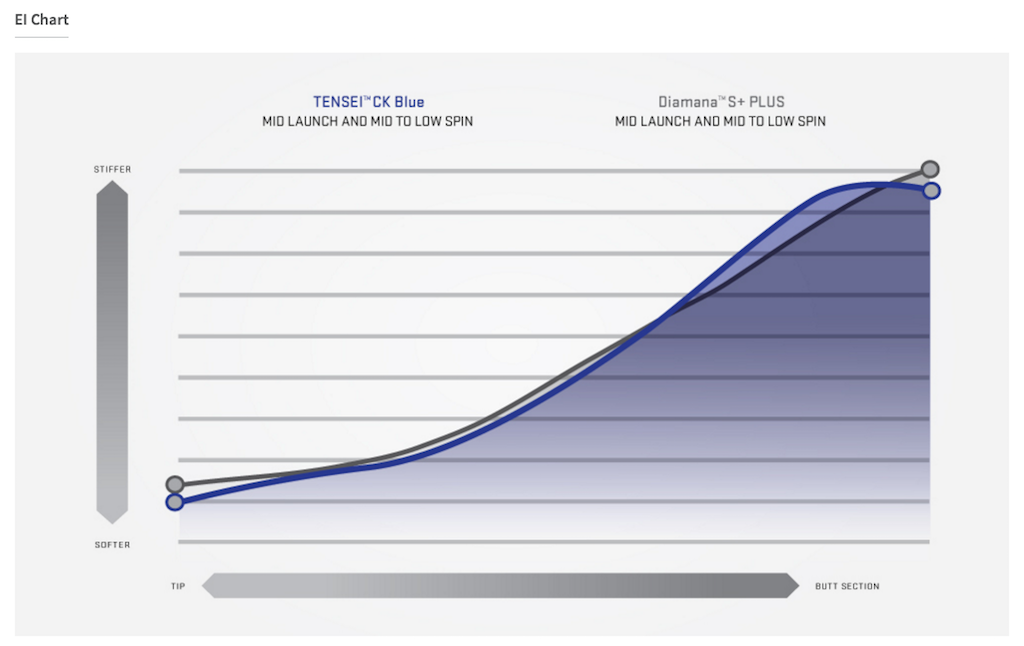
Regarding the term “High Modulus Fiber,” carbon fiber is classified by the modulus as following:
- Standard Modulus: 24 (or less) ton/mm2 (34 msi*)
- Intermediate Modulus: 30 ton/mm2 (43 msi)
- High modulus: 40 (or more) ton/mm2 (57 msi)
- Ultra-high modulus: 60 (or more) ton/mm2 (>85 msi)
* msi = megapound per square inch
So in golf shaft terms, the modulus of a material helps explain a particular fiber, or materials resistance to being deformed elastically. Typically higher modulus fiber makes it easier to make lower torque shafts and vice versa. And of course, the higher the modulus typically the higher the cost for the material. Today, MRC can manufacture prepreg at 95 ton.
Q: Back to the Carbon-Kevlar weave. Not often does MRC highlight specific technologies with graphics on its shafts, but that’s exactly what you did with TENSEI. Why?
MG: We like to develop technologies that actually do something for the shaft or player. Many times, we develop great technologies to accomplish our goal or hit our target, but the technology is not visible. For example, the TiNi Wire we use in Kuro Kage is almost black to the eye and very difficult to see, so we didn’t try to make it visible. In this instance, the Kevlar Fiber can be dyed to be visible, so we wanted to take the extra effort and cost to showcase the technology and our craftsmanship.
And just getting the material ready to use in the TENSEI Series is quite the process. MRC must first provide/ship our raw carbon fiber to a company that weaves it with the Kevlar. This woven product is then resin impregnated, creating the final prepreg material. Only then is the Carbon-Kevlar material ready for use in our shafts.
There are certainly easier ways to get such a woven product, but we at MRC feel our carbon fiber is superior to any on the market and taking the time to ensure the weave uses MRC fiber is a non-negotiable for us.
It would be quicker and less expensive to just paint over it, but because the Carbon-Kevlar weave is so important to the final product we believe highlighting it and showing the player it is actually there is worth our efforts.
Q: Is it true that MRC uses different materials and designs for its lightweight shaft models than it does its heavier-weight shaft models? What I’m getting at is, how does performance change from a TENSEI CK Blue shaft at 50 grams to the same shaft at 70 grams?
MG: With TENSEI, as with all development at MRC, we consider the weight, spec and performance targets to make the final design. So yes, materials are going to vary from our lightest models to our heaviest products to help us achieve the optimal design to deliver the intended performance.
With TENSEI, for example, we are using more varieties of lightweight prepregs in the 50-gram series to help hit our lighter weight targets, yet provide the necessary strength for the overall shaft that we do in a 70-gram shaft.
Q: Last question. When can golfers expect the TENSEI CK Blue shafts to arrive at authorized dealers? Will the line be expanded?
MG: The formal plan is to have the entire line ready to go for the PGA Merchandise Show this coming January. Due to the early popularity of this product, however, we are working to get some limited inventory in-house for our dealers as soon as possible. And yes, you can expect this product line to expand in a few different ways. Stay tuned for that!
- LIKE66
- LEGIT10
- WOW9
- LOL0
- IDHT2
- FLOP0
- OB0
- SHANK3
Equipment
A shocking Backstryke putter appearance + 7 interesting gear photos from the Zurich Classic
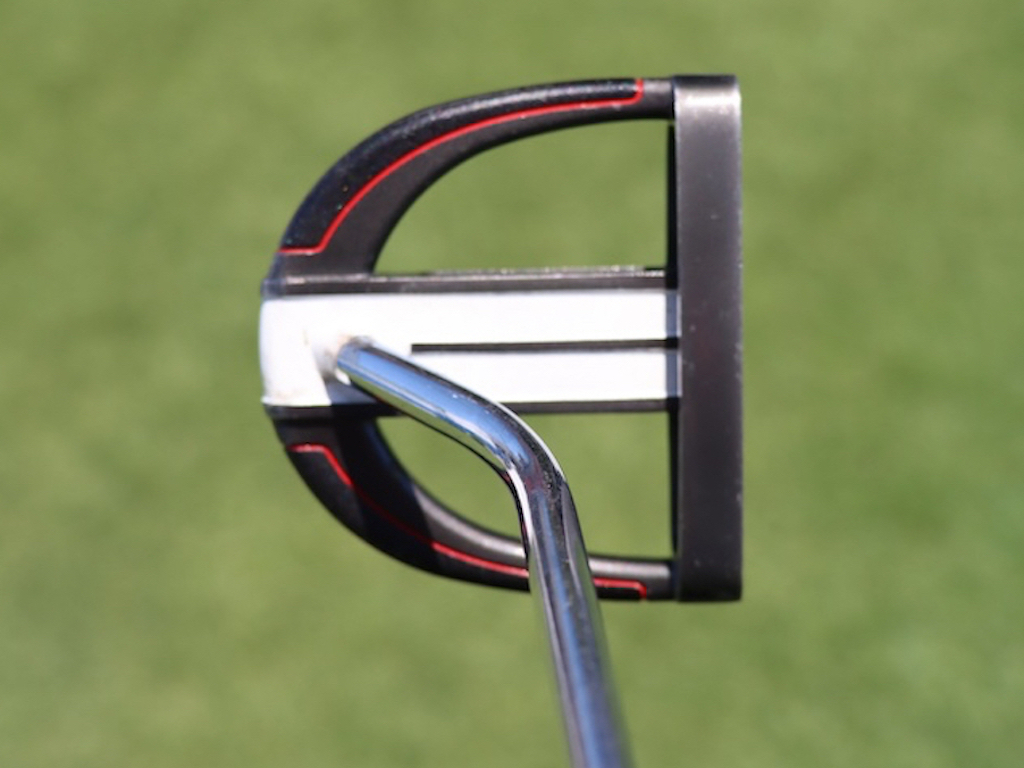
Welcome to New Orleans, where TPC Louisiana plays host to the 2024 Zurich Classic. In between breakfast beignets and nightly Creole feasts, PGA Tour players are also competing in the unique two-man format at the Zurich this week.
Although the vibes in Nawlins are a bit lighter-fare than the recent back-to-back competitions the Masters and the RBC Heritage signature event), the gear news was no less serious this week.
We spotted some recent changes from Rory McIlroy, a very rare Odyssey Backstryke putter, dove into the bag of legendary New Orleans Saints quarterback Drew Brees, and spotted Patrick Cantlay continuing to test new equipment.
Get your beads out and crack your crawfish, because it’s time for an equipment rundown from The Big Easy (meaning New Orleans, of course, not Ernie Els).
See all of our photos from the Zurich Classic here
Rory’s on-and-off lob wedge
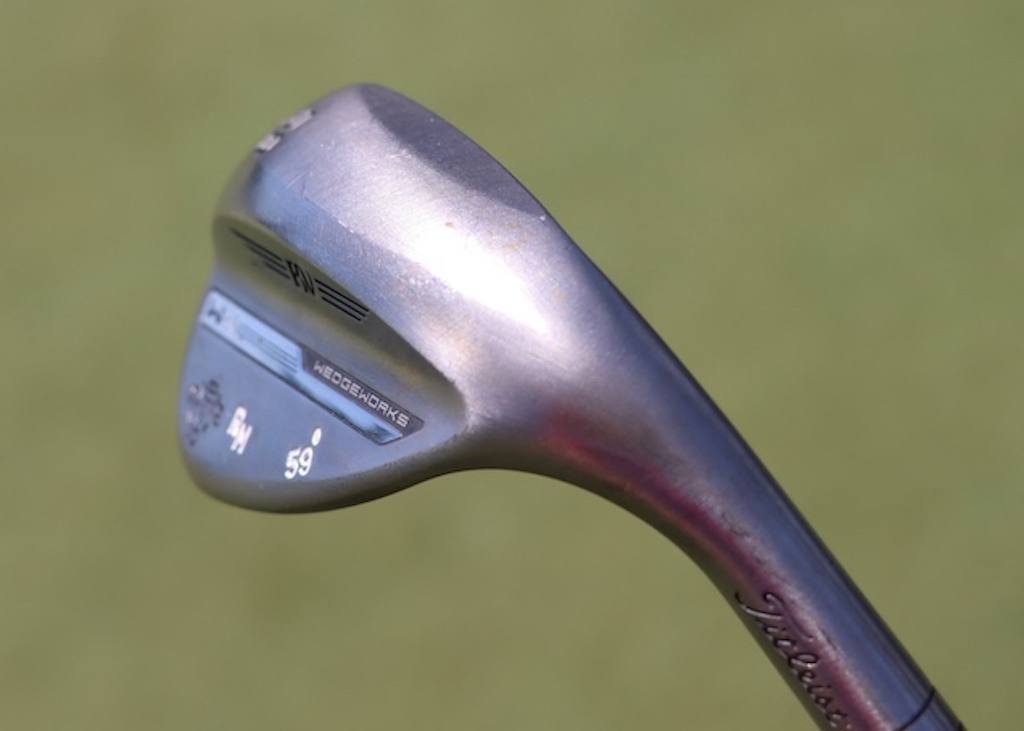
Since the end of 2023, Rory McIlroy has had an on-again, off-again relationship with a Titleist Vokey K-Grind lob wedge. In his last start, it was on, and the wedge is back in the bag again this week. We got a great look at the complicated grind that McIlroy uses.
View this post on Instagram
A full look into McIlroy’s bag above also shows that he switched out of the TaylorMade BRNR Mini Copper that he used at the RBC Heritage, and he’s back into the Qi10 core 3-wood. As we discussed last week, McIlroy will likely keep the BRNR around as a course-specific club, trading it in and out for the 3-wood.
See Rory McIlroy’s full 2024 WITB from the Zurich here
Turning Back the clock
Unless Tommy Gainey is in the field, it’s unlikely you’ll ever see Odyssey’s Backstryke technology make an appearance on the PGA Tour.
But then, when you least expect it, Russ Cochran shows up.
For more than a decade – since the 2013 Sony Open in Hawai’i – Cochran has been stuck on 599 PGA Tour starts. This week will be his 600th.
Cochran is in the field at the Zurich this week playing alongside Eric Cole, whose regular caddie is Reed Cochran, Russ’s son.
The Backstryke putter was first released back in 2010, and its unique design helps shift the axis point of the putter closer to the CG of the head. And, the putter is getting a nod this week at the Zurich Classic, thanks to Cochran’s 600th career PGA Tour start.
The putter is certainly awesome, but don’t forget to check out Cochran’s full WITB from this week.
Drew Brees with a Super Bowl winning Scotty Cameron putter
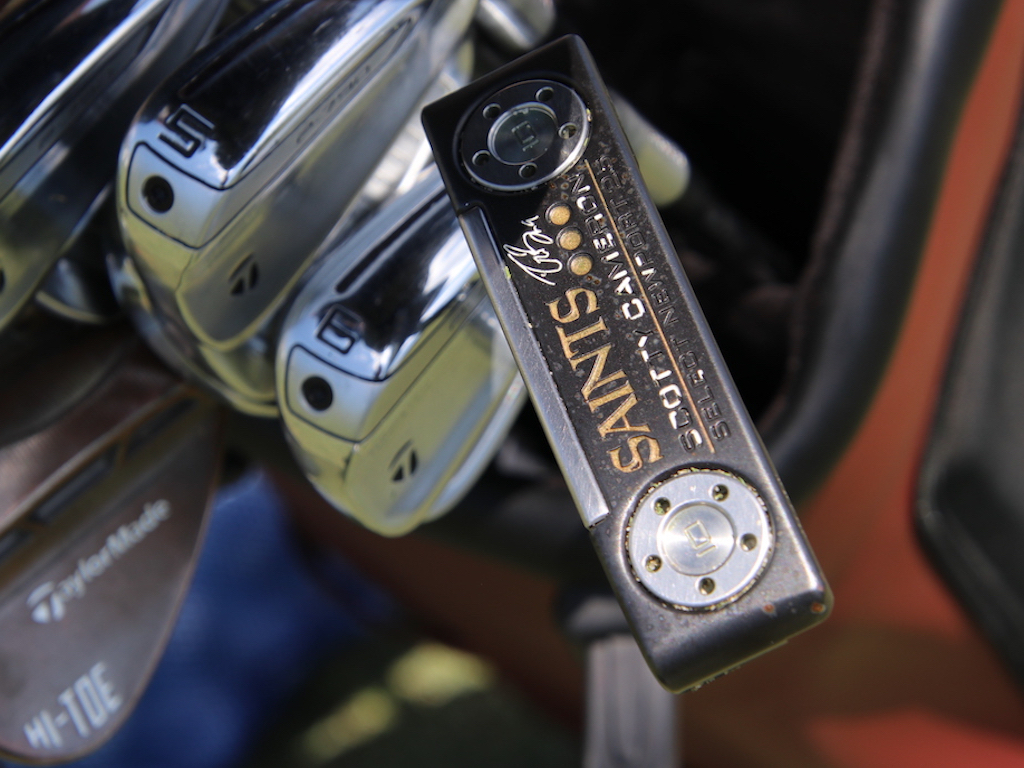
Drew Brees, a legendary retired quarterback for the hometown New Orleans Saints, made an appearance at the Zurich’s Wednesday Pro-Am, playing alongside Zach Johnson, Ryan Palmer, and current Saints QB Derek Carr.
Brees’ bag included a TaylorMade Stealth2 Plus driver, a BRNR Mini 13.5-degree, a Stealth 5-wood, a mixed set of P-790 and P-760 irons, Milled Grind Hi-Toe wedges, and a custom Scotty Cameron “New Orleans Saints” putter, which Scotty made for Brees following his Super Bowl MVP-winning performance in 2010.
View this post on Instagram
It should also be noted that Brees has his Venmo QR code as a bag tag.
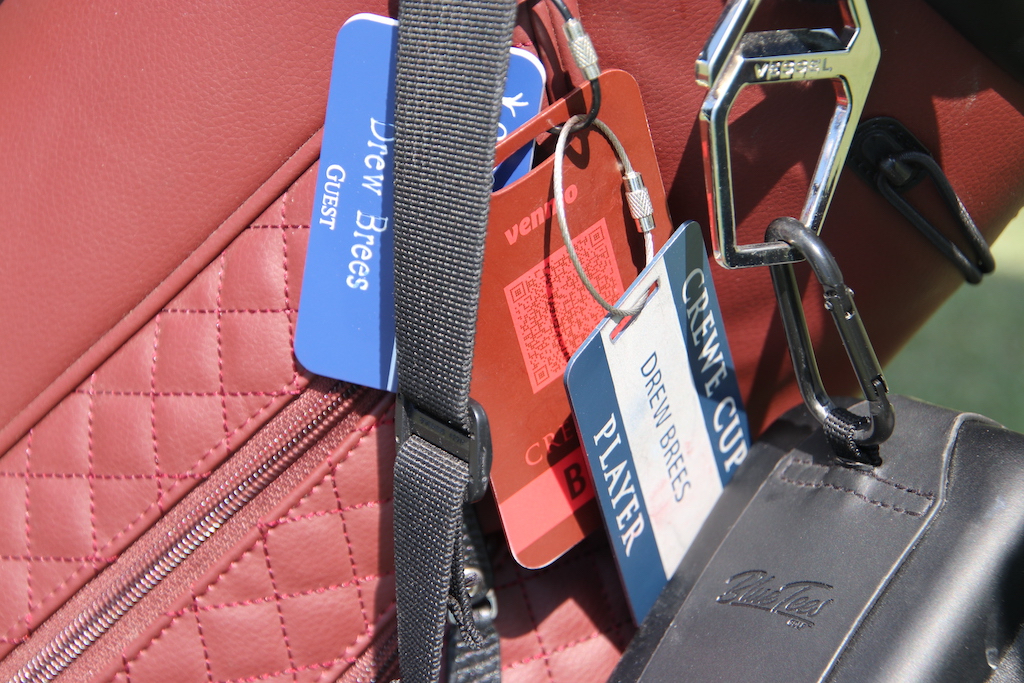
If you’re gambling with Brees on the course, just know that not having cash won’t work as an excuse.
Brilliant.
See Drew Brees’ full WITB from the Zurich here
Stricker’s unrecognizable putter
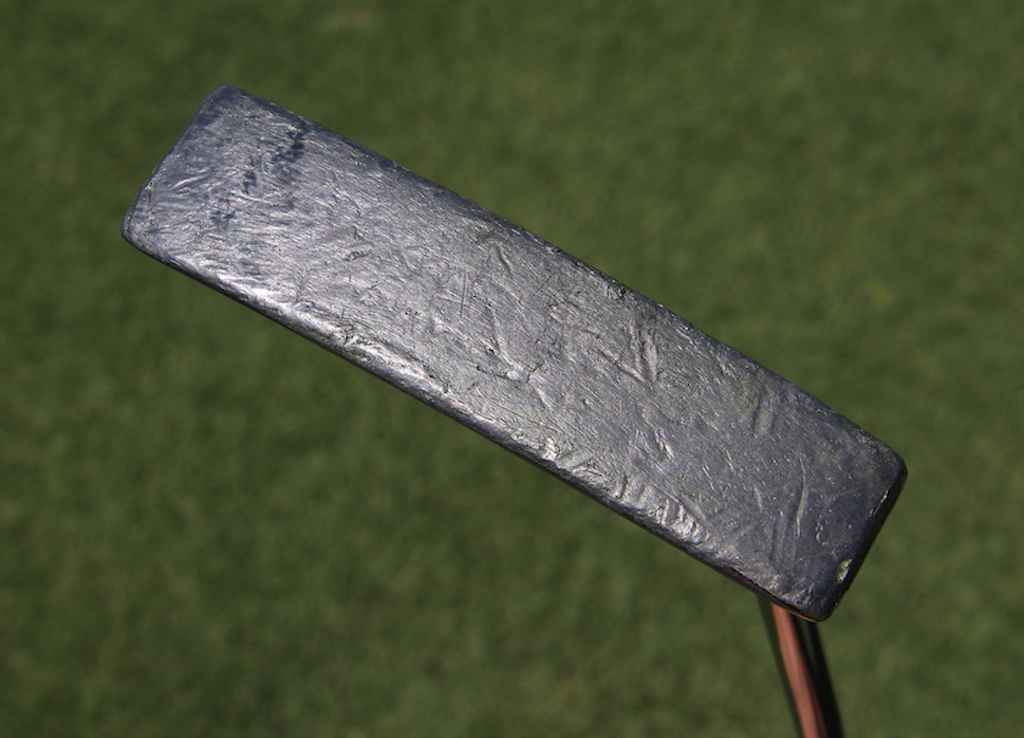
Steve Stricker has made numerous upgrades to his bag recently, including a new TSR3 driver and T100 irons, but his longtime Odyssey White Hot No. 2 putter is still going strong. It’s the most recognizable unrecognizable putter ever.
Here’s a better look at Stricker’s flatstick, which he started using back in 2007.
View this post on Instagram
Patrick Cantlay has opened the equipment-switching floodgates
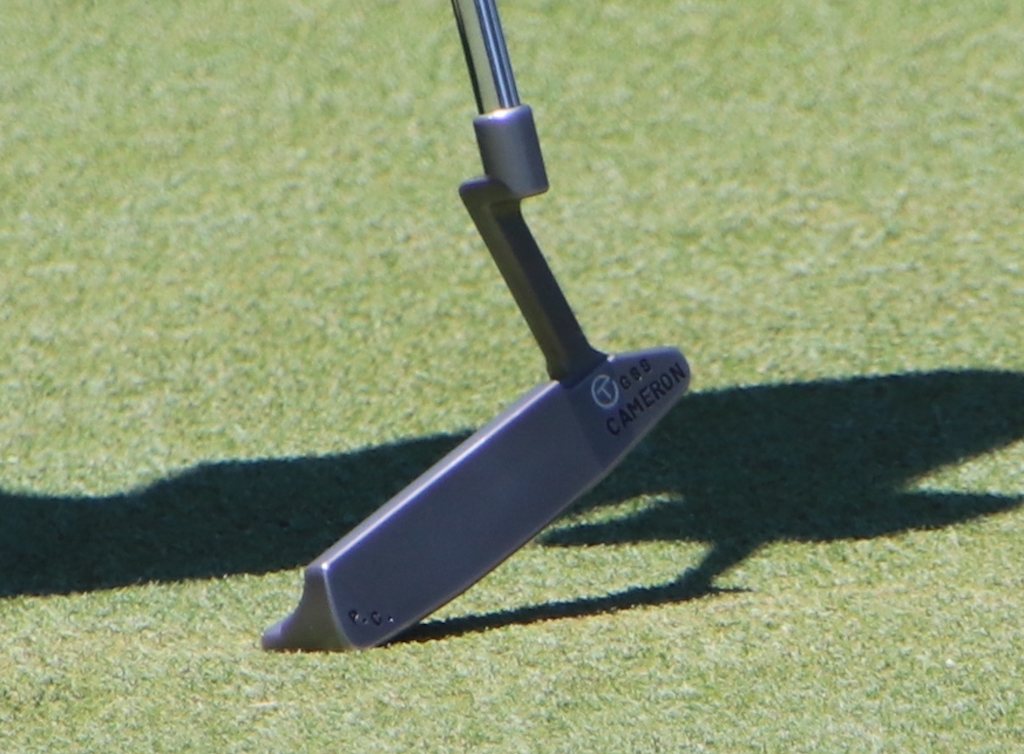
Over on the PGA Tour’s Equipment Report this week, we covered Cantlay’s recent switch into Ping Blueprint S irons, and a Titleist TSR2 driver.
Cantlay hadn’t switched irons for about seven years, so the iron switch he made at The 2024 Masters came as a shock to the norm. He simply isn’t one to change gear very often, so anytime Cantlay makes a switch, it’s news.
It seems the floodgates of equipment testing have opened up a bit for Cantlay, who was also spotted testing a custom Scotty Cameron blade putter on Tuesday this week. By Wednesday, Cantlay was back practicing with his familiar Scotty Cameron T5 Proto mallet, but it’s certainly something to keep an eye on going forward.
Daniel Berger’s custom Jailbird site lines
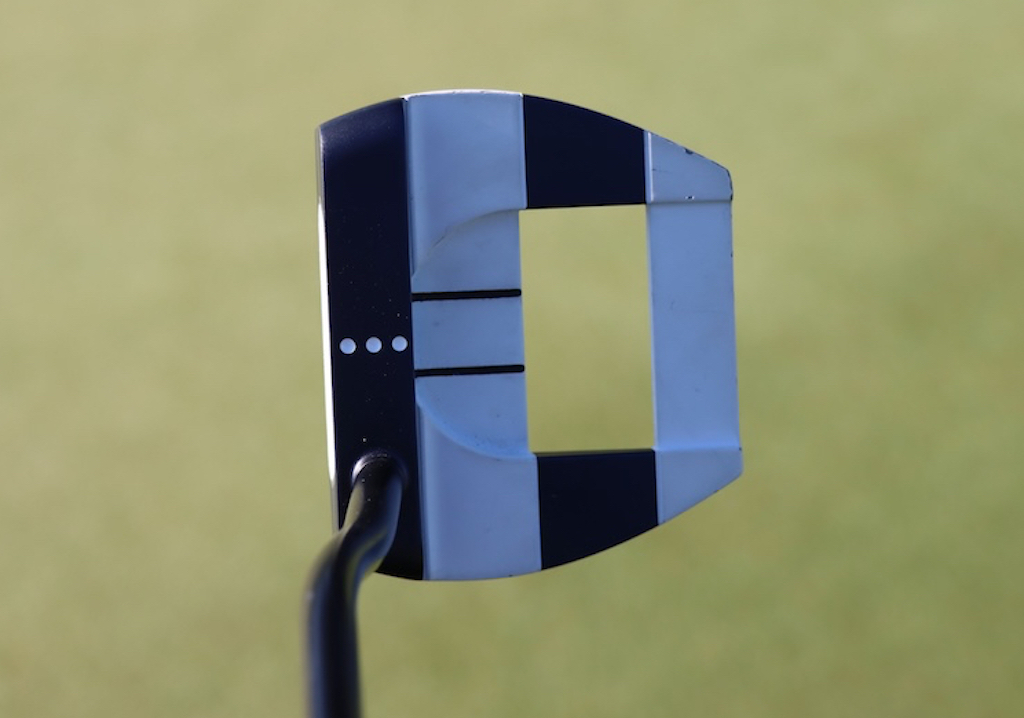
Berger, who’s currently using Odyssey’s Ai-One Mini Jailbird mallet putter, has a unique 3-dot, 2-line alignment on the crown of his navy-white-navy-white mallet putter. Looking down at the putter, it’s easy to see why this alignment system would help; it just seems impossible to set up to the ball off-center, or misaligned to the target.
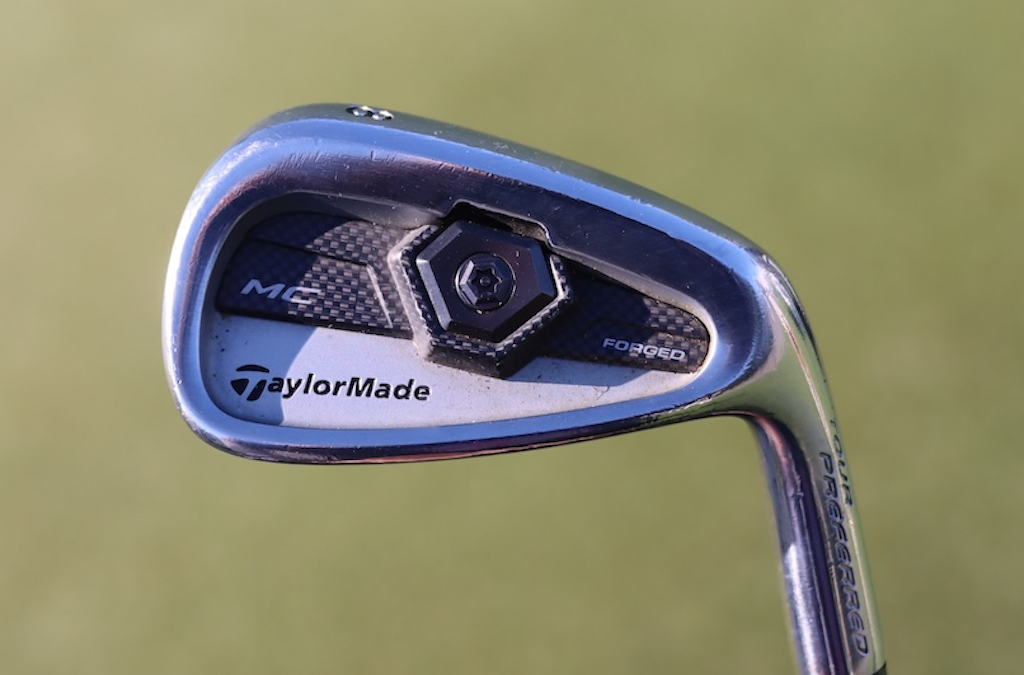
Also, for anyone worried, you can rest easy. Yes, he’s still playing the 2013 TaylorMade TP MC irons, which we highlighted in our recent “Modern Classics: Old vs. New” video testing series.
FitzMagic teams back up
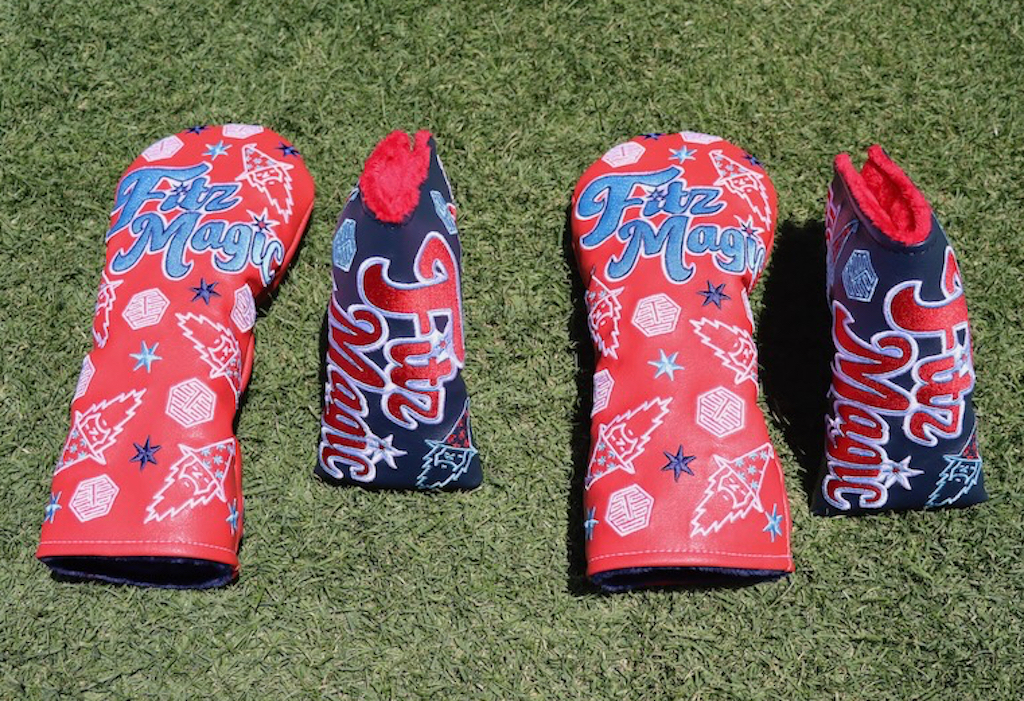
Brothers Matthew and Alex Fitzpatrick are teaming up once again at the Zurich this year, and Bettinardi Golf hooked them up with some festive “FitzMagic” headcovers to match this week.
See what else is in Alex Fitzpatrick’s WITB here
And, with that, we say goodbye to the Zurich Classic in New Orleans. Don’t forget to check out all of our photos from this week, including 30 unique photo galleries full of equipment photos.
We’ll see you next week in Texas for the 2024 CJ Cup Byron Nelson!
- LIKE8
- LEGIT0
- WOW0
- LOL0
- IDHT0
- FLOP0
- OB0
- SHANK0
Whats in the Bag
Alejandro Tosti WITB 2024 (April)
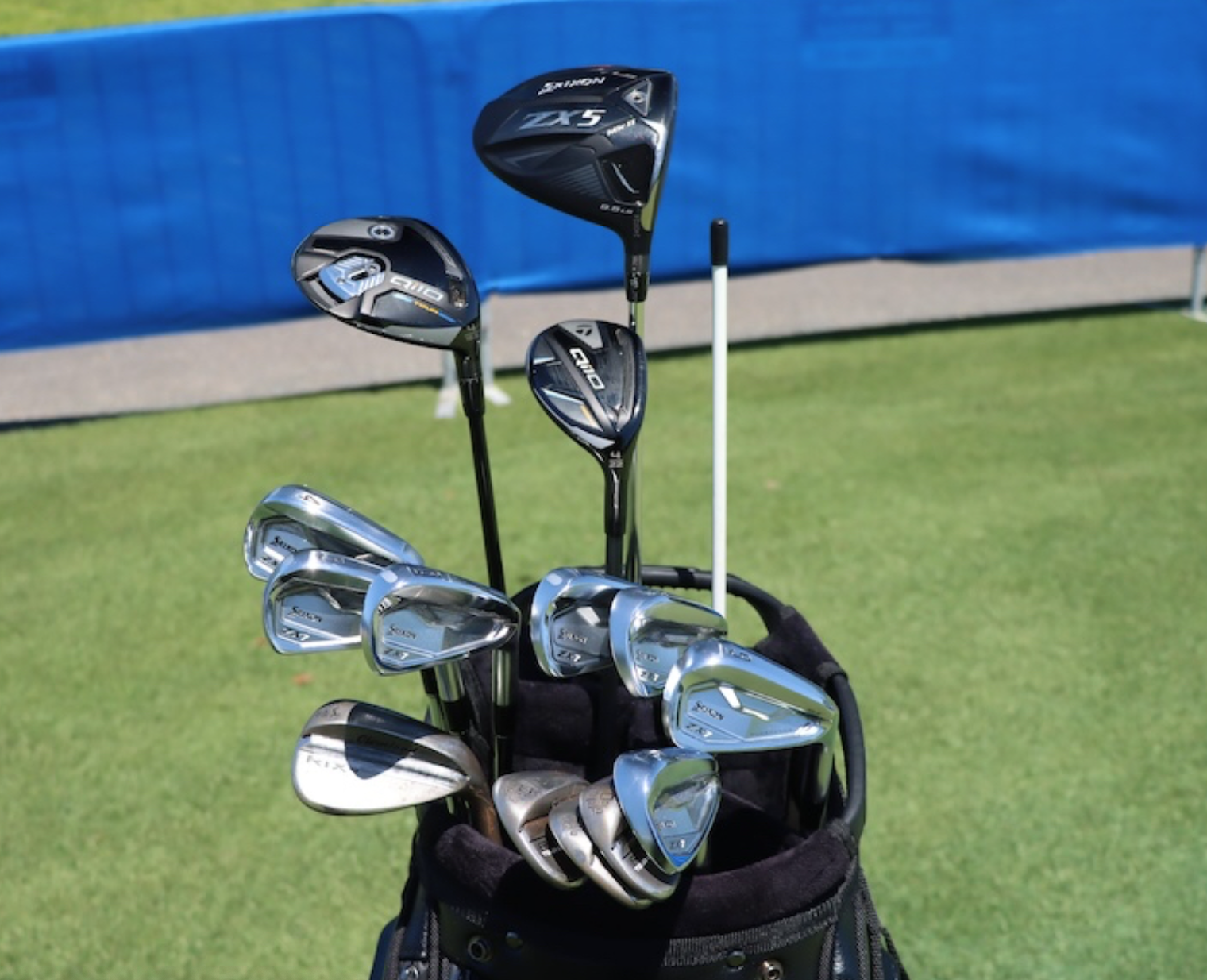
- Alejandro Tosti what’s in the bag accurate as of the Zurich Classic.
Driver: Srixon ZX5 Mk II LS (9.5 degrees @10.5)
Shaft: Project X HZRDUS T1100 75 6.5
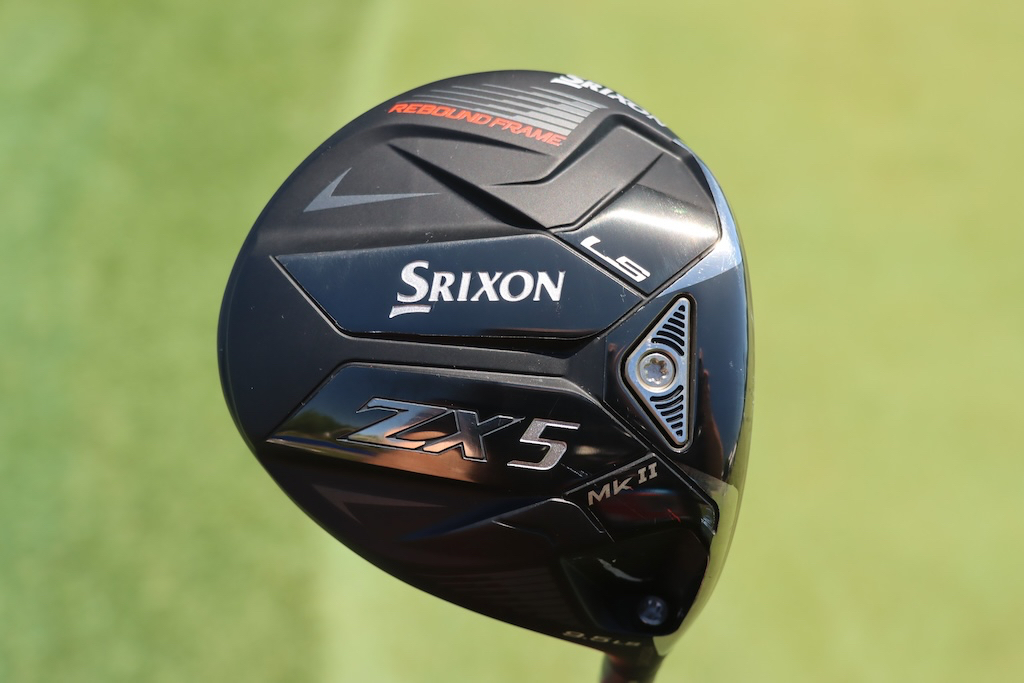
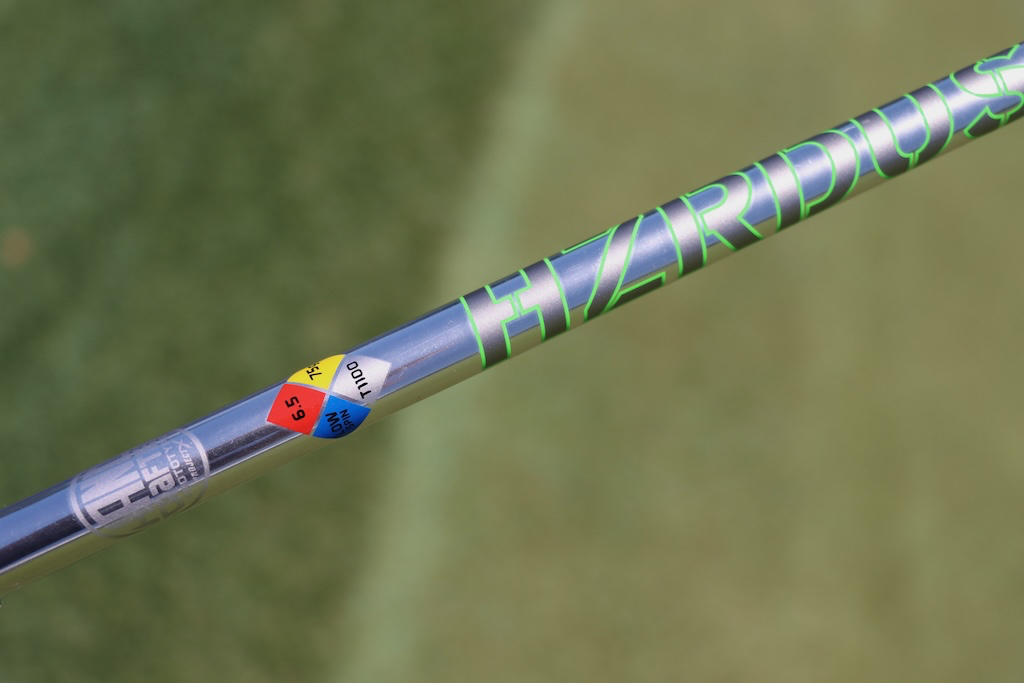
3-wood: TaylorMade Qi10 Tour
Shaft: Project X HZRDUS Black 80 TX
Hybrid: TaylorMade Qi10 Tour Rescue (22 degrees)
Shaft: Project X HZRDUS Smoke Black RDX 6.5 100
Irons: Srixon ZX7 Mk II (4-PW)
Shafts: True Temper Dynamic Gold Mid Tour Issue X100
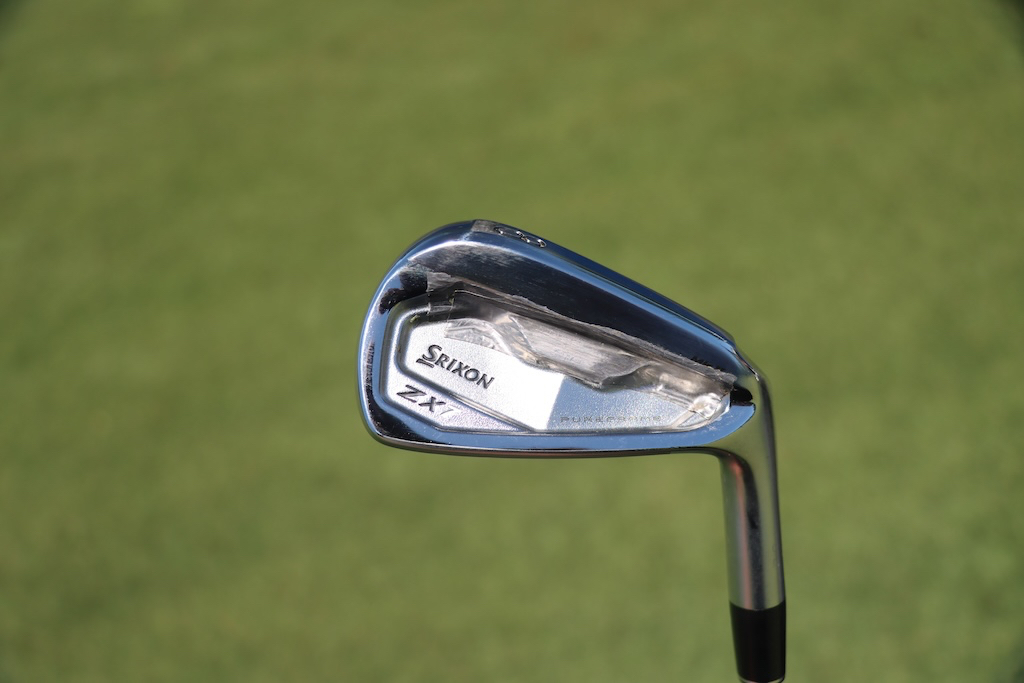
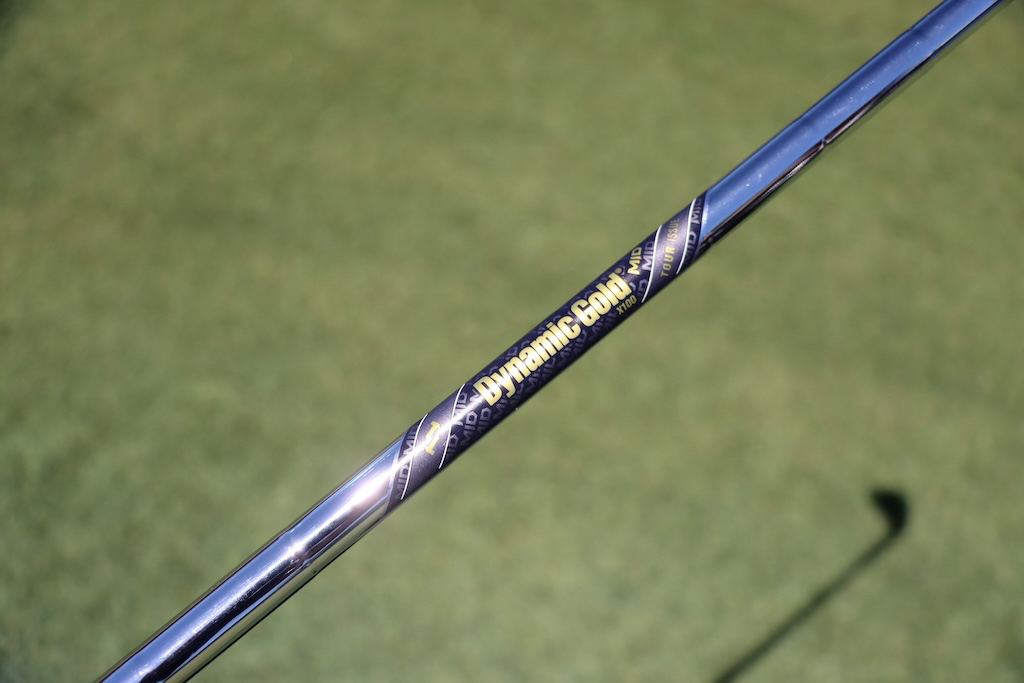
Wedges: Cleveland RTX6 ZipCore Tour Rack (50-10 MID, 54-10 MID, 58-10 MID, 60-06 LOW)
Shafts: True Temper Dynamic Gold Mid Tour Issue X100, S400
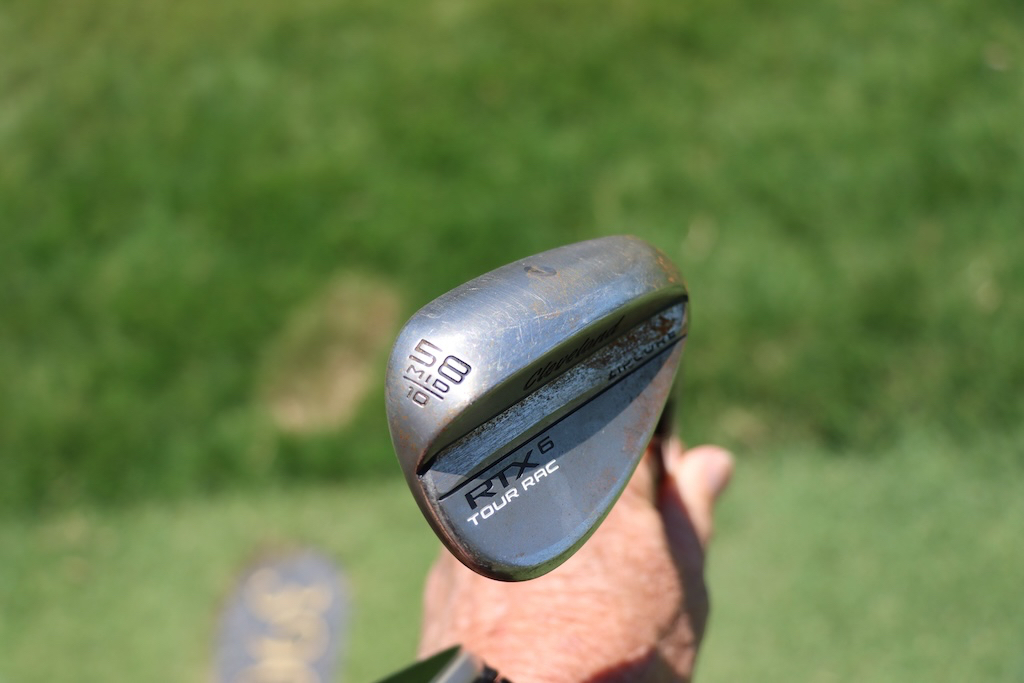
Putter: Scotty Cameron
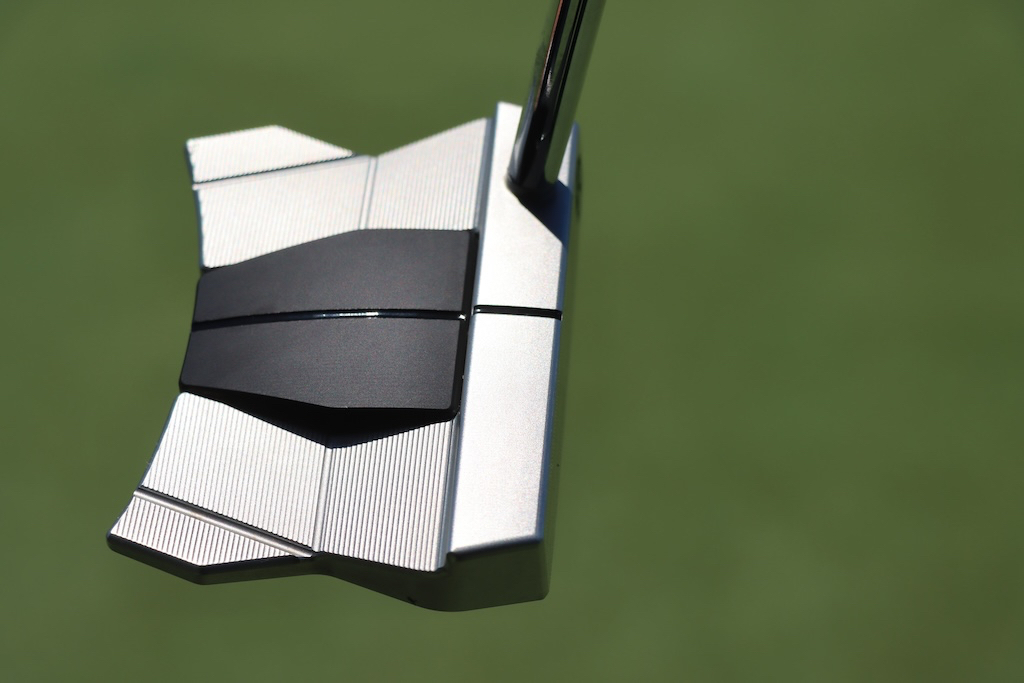
Grips: Golf Pride MCC Plus4
Check out more in-hand photos of Alejandro Tosti’s WITB in the forums.
- LIKE2
- LEGIT0
- WOW0
- LOL0
- IDHT0
- FLOP0
- OB0
- SHANK0
Whats in the Bag
Drew Brees WITB 2024 (April)
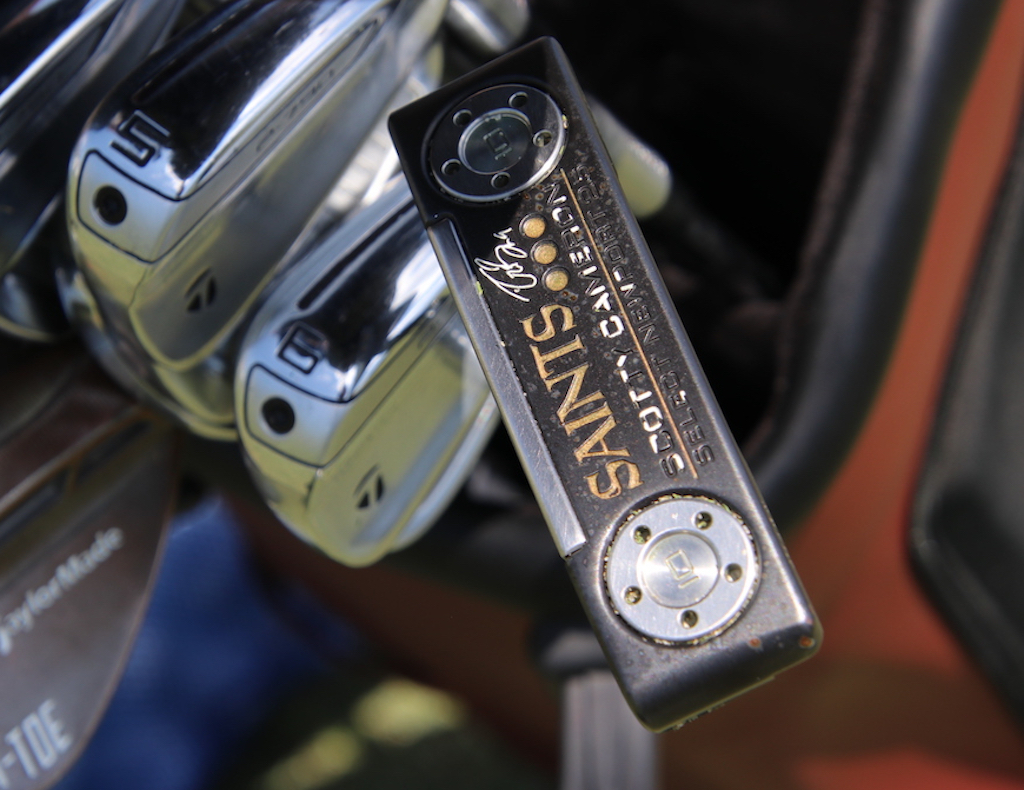
View this post on Instagram
Driver: TaylorMade Stealth 2 Plus (10.5 degrees)
Mini driver: TaylorMade BRNR Mini Copper (13.5 degrees)
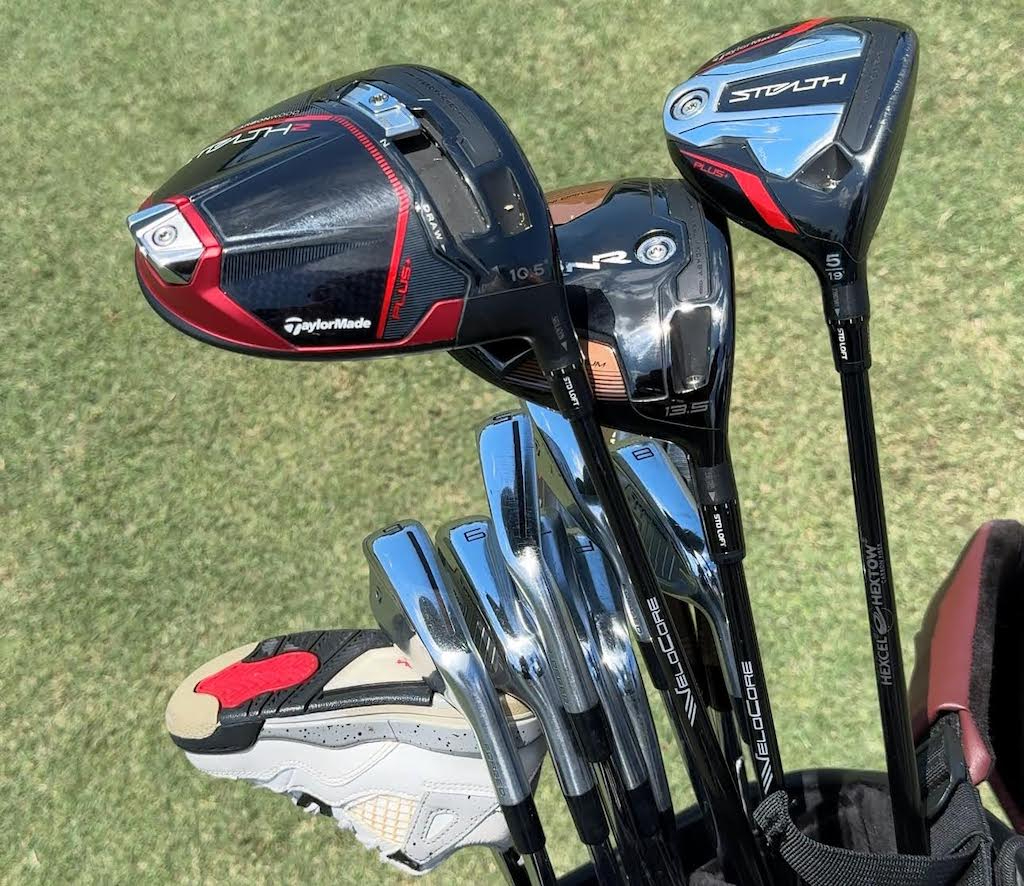
5-wood: TaylorMade Stealth Plus (19 degrees)
Irons: TaylorMade P790 (4-8, PW), TaylorMade P760 (9)
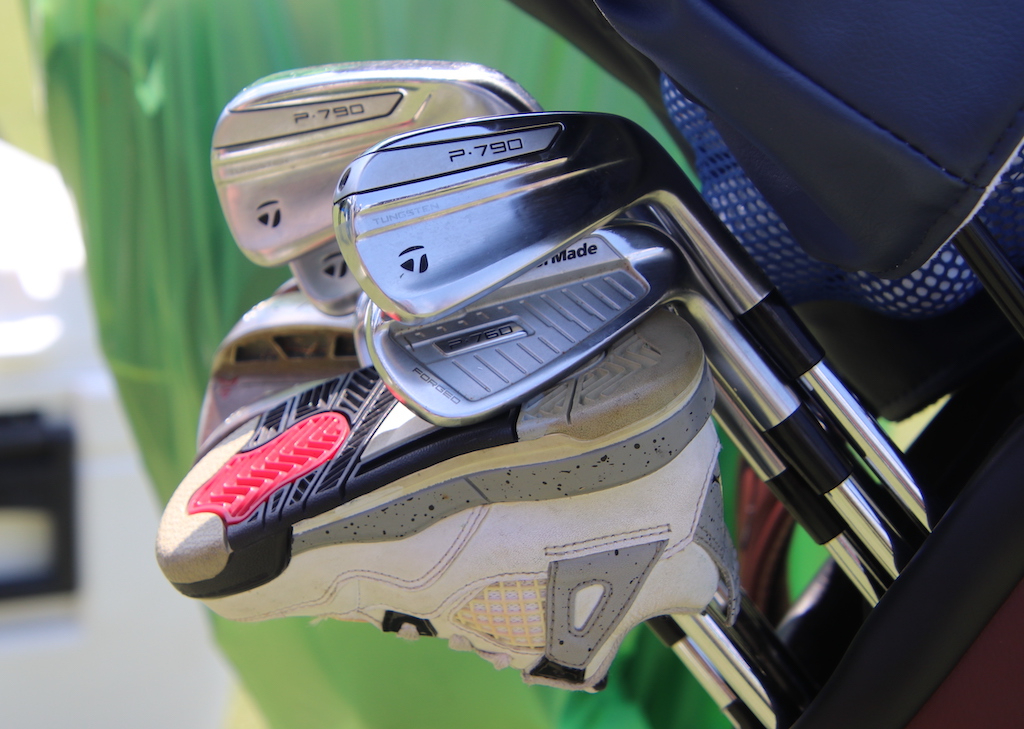
Wedges: TaylorMade MG Hi-Toe (52-09, 56-10, 60)
Putter: Scotty Cameron Select Newport 2 Prototype

Check out more in-hand photos of Drew Brees’ clubs here.
- LIKE4
- LEGIT1
- WOW0
- LOL0
- IDHT0
- FLOP0
- OB0
- SHANK0
-

 19th Hole2 weeks ago
19th Hole2 weeks agoDave Portnoy places monstrous outright bet for the 2024 Masters
-

 19th Hole4 days ago
19th Hole4 days agoJustin Thomas on the equipment choice of Scottie Scheffler that he thinks is ‘weird’
-

 19th Hole2 weeks ago
19th Hole2 weeks agoTiger Woods arrives at 2024 Masters equipped with a putter that may surprise you
-

 19th Hole4 days ago
19th Hole4 days ago‘Absolutely crazy’ – Major champ lays into Patrick Cantlay over his decision on final hole of RBC Heritage
-

 19th Hole2 weeks ago
19th Hole2 weeks agoTwo star names reportedly blanked Jon Rahm all week at the Masters
-

 19th Hole1 week ago
19th Hole1 week agoReport: LIV Golf identifies latest star name they hope to sign to breakaway tour
-

 19th Hole2 weeks ago
19th Hole2 weeks agoNeal Shipley presser ends in awkward fashion after reporter claims Tiger handed him note on 8th fairway
-

 19th Hole1 week ago
19th Hole1 week agoBrandel Chamblee has ‘no doubt’ who started the McIlroy/LIV rumor and why

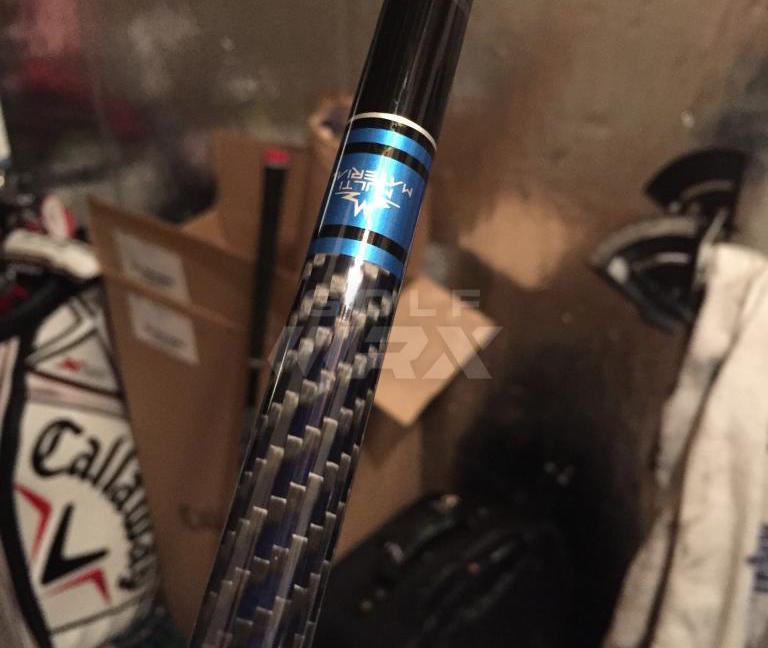
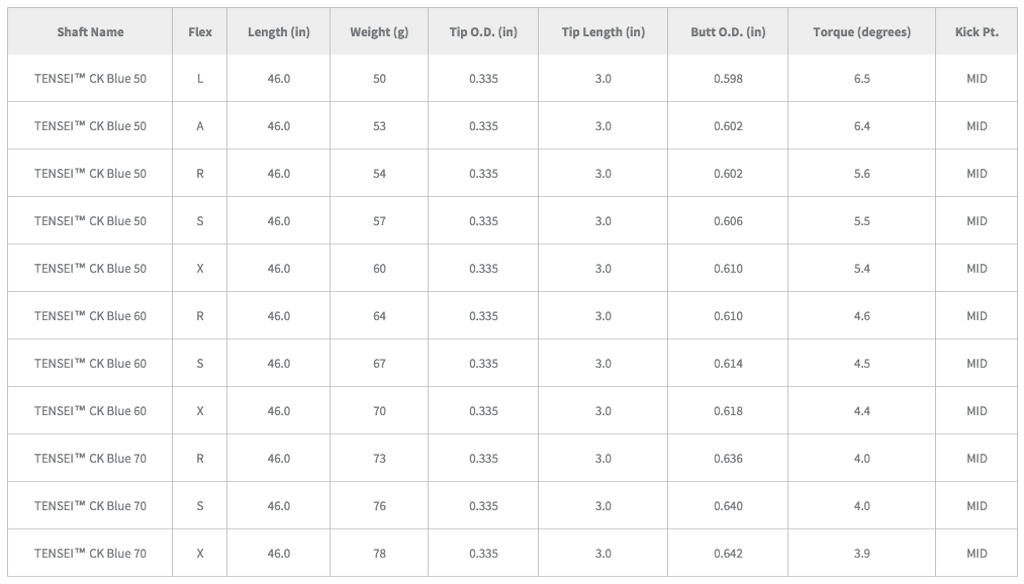








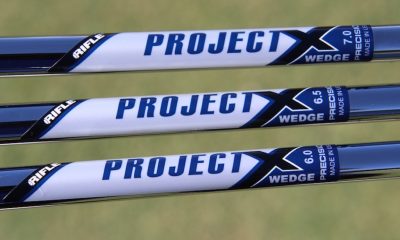

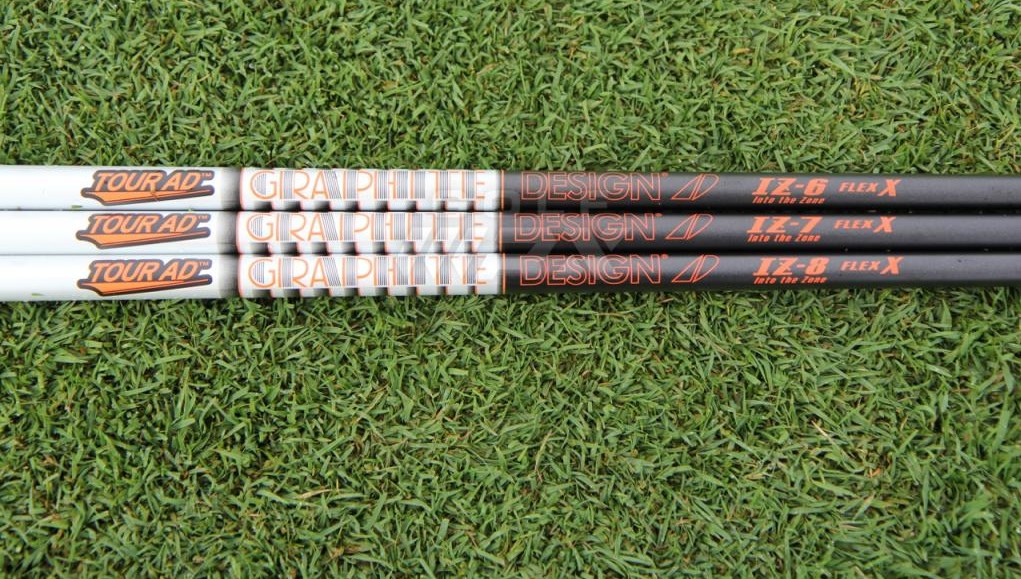
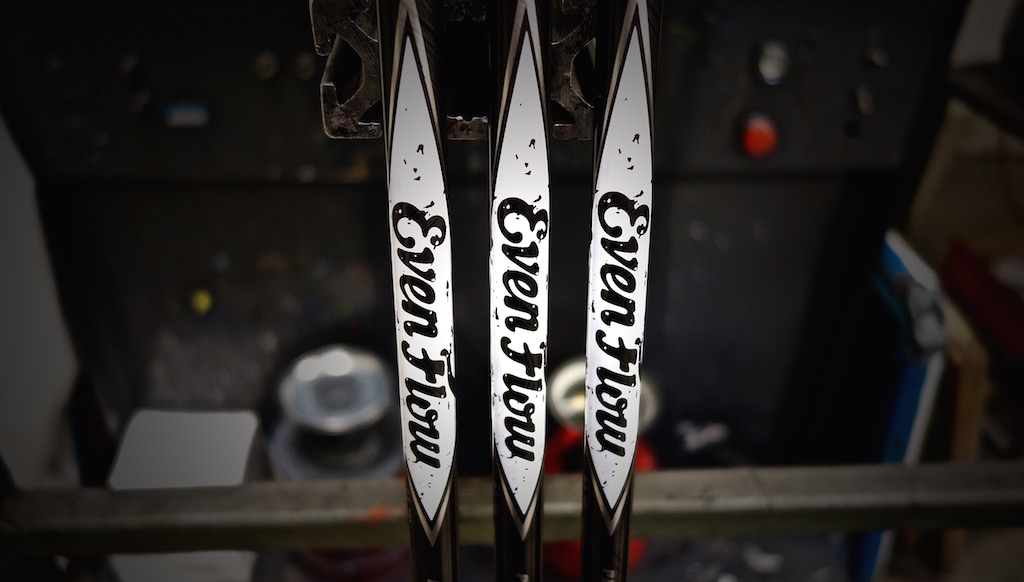
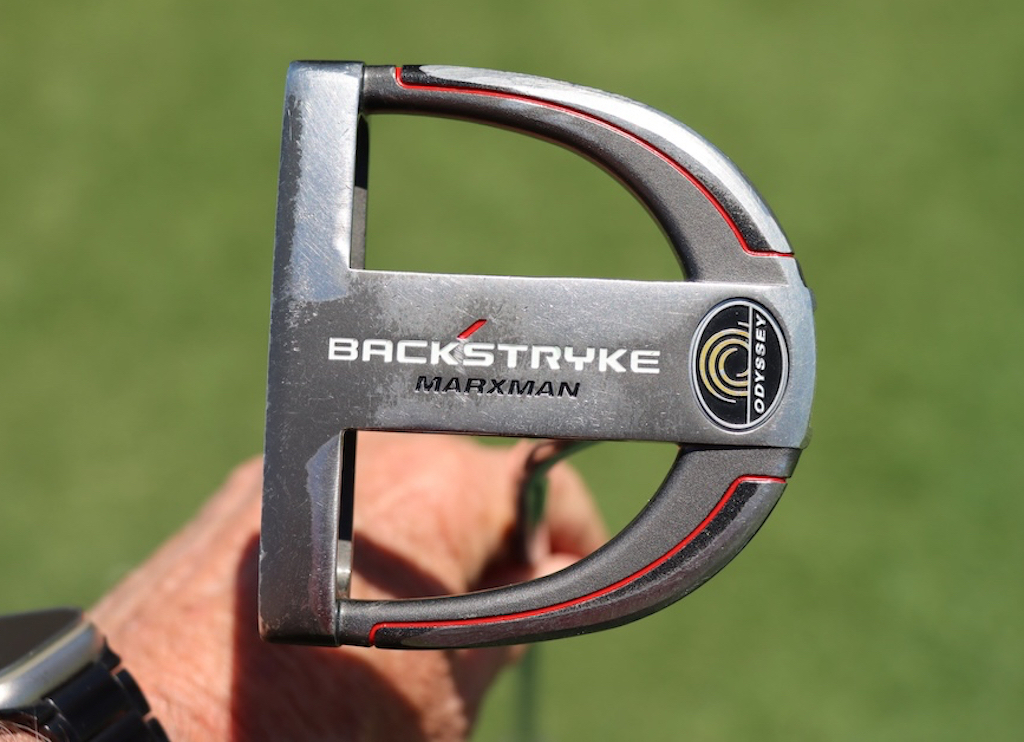













Geekaya
May 11, 2016 at 3:15 pm
Just played 18 holes with a tensei ck blue 50 S fitted M2 at stock 9.5*, very smooth and easy to hit club/ shaft combo, I loved it. Ss 100mph, aa +5
KK
Nov 14, 2015 at 8:42 am
Nothing special about the weight or torque. We’ll have to see about the feel.
Dj
Nov 15, 2015 at 12:00 pm
Feel is second to none.
JuNiOR
Nov 14, 2015 at 6:30 am
TENSEI CK WHITE if I like the Whiteboard feel?
Jay
Nov 13, 2015 at 9:40 am
So looks like Dealers will be able to order these in limited numbers now?
john
Nov 12, 2015 at 5:31 pm
let me guess they’ll sell them to Taylormade for $1.14 but to the public they’ll be $400
Dj
Nov 12, 2015 at 6:32 pm
I’ve heard 250
Christestrogen
Nov 13, 2015 at 9:11 am
Buy a million or so shafts every decade and I bet u can get that figure down…
john
Nov 15, 2015 at 8:33 pm
I dont expect them for the insanely low price TM/callaway buy them for
but if they want aftermarket sales to exist they need to be reasonable.
Dj
Nov 12, 2015 at 1:21 pm
Very nice shaft!!!!
Mat
Nov 12, 2015 at 5:24 pm
That’s what she said.
Dj
Nov 12, 2015 at 6:32 pm
Was hoping someone would throw that out there